Daniel S. DeCarlo was an American cartoonist best known for having developed the look of Archie Comics in the late 1950s and early 1960s, modernizing the characters to their contemporary appearance and establishing the publisher's house style up until his death. As well, he is the generally recognized co-creator of the characters Sabrina the Teenage Witch, Josie and the Pussycats, and Cheryl Blossom.
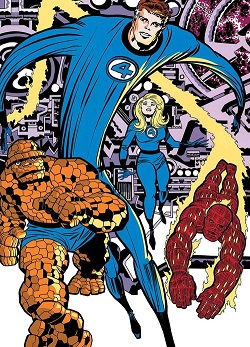
The Fantastic Four is a superhero team appearing in American comic books published by Marvel Comics. The team debuted in The Fantastic Four #1, helping usher in a new level of realism in the medium. It was the first superhero team created by artist/co-plotter Jack Kirby and editor/co-scripter Stan Lee, and through this title that the "Marvel method" style of production came into prominence.

The Human Torch is a superhero appearing in American comic books published by Marvel Comics. The character is a founding member of the Fantastic Four. He is writer Stan Lee's and artist Jack Kirby's reinvention of a similar, previous character, the android Human Torch of the same name and powers who was created in 1939 by writer-artist Carl Burgos for Marvel Comics' predecessor company, Timely Comics.

The Invisible Woman is a superheroine appearing in American comic books published by Marvel Comics. Created by Stan Lee and Jack Kirby, the character first appeared in The Fantastic Four #1. Susan Storm is a founding member of the Fantastic Four and was the first female superhero created by Marvel during the Silver Age of Comic Books.

The Impossible Man is a fictional character appearing in American comic books published by Marvel Comics. He first appeared in Fantastic Four #11, and was created by writer Stan Lee and writer/artist Jack Kirby. The Impossible Man has been featured in other Marvel-endorsed products such as action figures, arcade and video games, animated television series, and merchandise such as trading cards.

Joseph Leonard Sinnott was an American comic book artist. Working primarily as an inker, Sinnott is best known for his long stint on Marvel Comics' Fantastic Four, from 1965 to 1981, initially over the pencils of Jack Kirby. During his 60 years as a Marvel freelance artist and then remote worker salaried artist, Sinnott inked virtually every major title, with notable runs on The Avengers, The Defenders, and Thor.
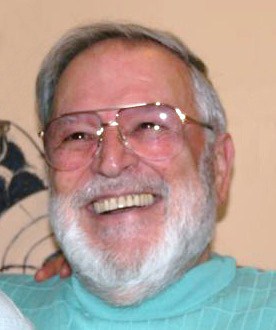
John Victor Romita was an American comic book artist best known for his work on Marvel Comics' The Amazing Spider-Man and for co-creating characters including Mary Jane Watson, the Punisher, Kingpin, Wolverine, and Luke Cage. Romita was the father of John Romita Jr., also a comic book artist, and the husband of Virginia Romita, who was for many years Marvel's traffic manager.
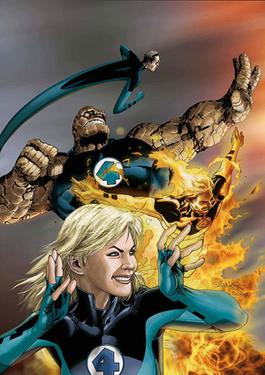
Ultimate Fantastic Four is a superhero comic book series published by Marvel Comics. The series is a modernized re-imagining of Marvel's long-running Fantastic Four comic book franchise as part of the Ultimate Marvel imprint. The Ultimate Fantastic Four team exists alongside other revamped Marvel characters in Ultimate Marvel titles including Ultimate Spider-Man, Ultimate X-Men, and The Ultimates.
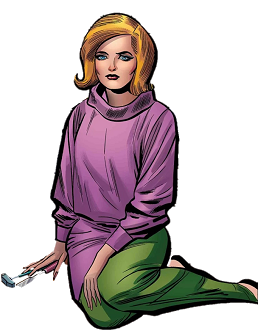
Alicia Reiss Masters is a fictional character appearing in American comic books published by Marvel Comics. She is usually depicted as a supporting character to the superheroes the Fantastic Four and Silver Surfer. Created by Stan Lee and Jack Kirby, she first appeared in The Fantastic Four #8.
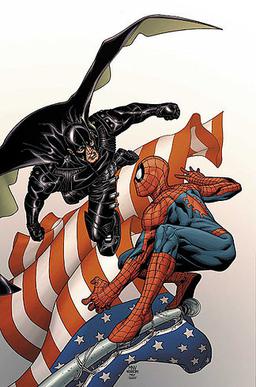
Ethan Edwards is a fictional superhero appearing in American comic books published by Marvel Comics. He is a pastiche of the DC Comics character Superman.
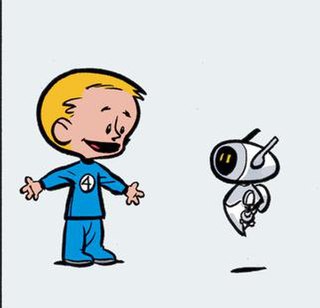
H.E.R.B.I.E. is a fictional robot appearing in American comic books published by Marvel Comics. The character was initially conceived for The New Fantastic Four and integrated into the comics continuity shortly afterwards. The character is usually depicted as an ally of the Fantastic Four.
The Alley Award was an American annual series of comic book fan awards, first presented in 1962 for comics published in 1961. Officially organized under the aegis of the Academy of Comic Book Arts and Sciences, the award shared close ties with the fanzine Alter Ego magazine. The Alley is the first known comic book fan award.
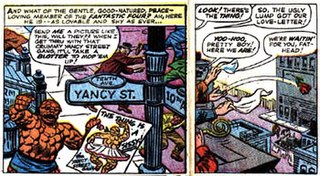
The Yancy Street Gang is a fictional street gang appearing in American comic books published by Marvel Comics. It is occasionally featured in the Fantastic Four comic book. The gang is often seen as an antagonist for the Thing, showering him with insults, and occasionally heads of lettuce. In their early appearances, they were an "off-screen" presence, with only their hands and arms visible on-panel.
Forbush Man is a fictional character appearing in American comic books published by Marvel Comics. Originally the mascot of Marvel's Not Brand Echh, he is the alter-ego of Irving Forbush, a fictional employee of "Marble Comics". Forbush was devised in 1955 by Marvel editor Stan Lee to refer to an imaginary low-grade colleague who was often the butt of Lee's jokes. In his guise of Forbush-Man, he first appeared in 1967.

Fred Hembeck is an American cartoonist best known for his parodies of characters from major American comic book publishers. His work has frequently been published by the firms whose characters he spoofs. His characters are always drawn with curlicues at the elbows and knees. He often portrays himself as a character in his own work, in the role of "interviewer" of various comic book characters. Interviewer Daniel Best has said of his work, "If you take your comic books seriously, and think that those characters are real, then you're probably not a fan of Hembeck."

Stan Lee was an American comic book writer, editor, publisher, and producer. He rose through the ranks of a family-run business called Timely Comics which would later become Marvel Comics. He was the primary creative leader for two decades, leading its expansion from a small division of a publishing house to a multimedia corporation that dominated the comics and film industries.

"The Galactus Trilogy" is a 1966 three-issue comic book story arc that appeared in Fantastic Four #48–50. Written, co-plotted and drawn by Jack Kirby with editor Stan Lee for Marvel Comics, it introduced the characters Galactus and the Silver Surfer. In 2018, The Atlantic called it "the indisputable pinnacle of the so-called Silver Age of comic books".

Fantastic Four is the name of several comic book titles featuring the team Fantastic Four and published by Marvel Comics, beginning with the original Fantastic Four comic book series which debuted in 1961.

The Baxter Building is a fictional 35-story office building appearing in American comic books published by Marvel Comics. Created by Stan Lee and Jack Kirby, the building first appeared in Fantastic Four #3. The construction is depicted in Manhattan, and its five upper floors house the Fantastic Four's headquarters.

















